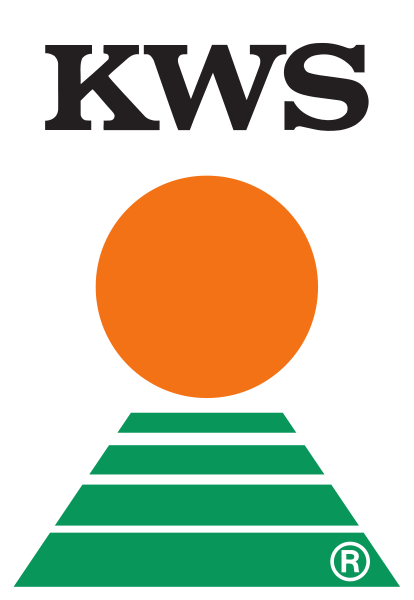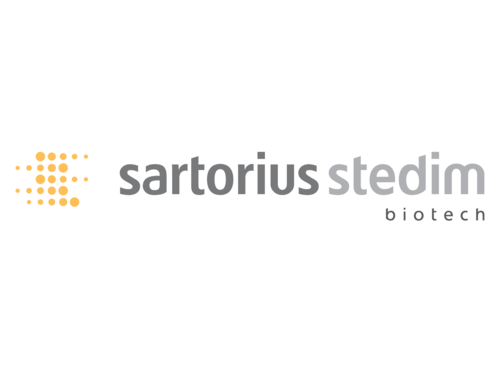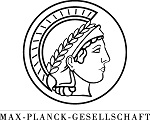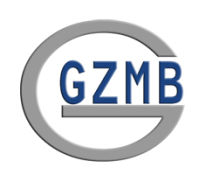Team:Goettingen/Project
From 2012.igem.org
| Line 566: | Line 566: | ||
<tr><td> | <tr><td> | ||
| - | + | <br> | |
<img src="https://static.igem.org/mediawiki/2012/9/91/Goe_chemo1.png"><br> | <img src="https://static.igem.org/mediawiki/2012/9/91/Goe_chemo1.png"><br> | ||
| - | <b>Figure 1 Chemotaxis of E. coli. (a) When no attractant is present E. coli switches from direct swimming to tumbling randomly. (b) In the presence of an attractant E. coli moves through the gradient in the direction of the attractant. (Attractant gradient is shown in green.) [1]</b> | + | <b>Figure 1 Chemotaxis of E. coli. (a) When no attractant is present E. coli switches from direct swimming to tumbling randomly. (b) In the presence of an attractant E. coli moves through the gradient in the direction of the attractant. (Attractant gradient is shown in green.) [1]<br><br></b> |
</td></tr> | </td></tr> | ||
| Line 580: | Line 580: | ||
<tr><td> | <tr><td> | ||
| - | <img src="https://static.igem.org/mediawiki/2012/d/d8/Goe_chemo2.png"><br> | + | <br><img src="https://static.igem.org/mediawiki/2012/d/d8/Goe_chemo2.png"><br> |
<b>Fig 2: Schematic structure of a two-component system. A histidine kinase (HK) serves as sensing structure for attractants or repellents and mediates downstream signaling to autokinase (red). The response regulator (RR) consists of a receiver (purple) and an output module (green) which if activated induces gene expression [2].</b> | <b>Fig 2: Schematic structure of a two-component system. A histidine kinase (HK) serves as sensing structure for attractants or repellents and mediates downstream signaling to autokinase (red). The response regulator (RR) consists of a receiver (purple) and an output module (green) which if activated induces gene expression [2].</b> | ||
| - | </td></tr> | + | <br><br></td></tr> |
Revision as of 23:10, 24 August 2012

|
Language:
| Our Project
Our project was born from the idea to create a real champion: the fastest E. coli in the world. As funny as this may sound at first, soon we were at the development of an ambitious plan to create our "Homing Coli" and apply its speed for selective purposes. The ultimate goal was a fast swimming E. coli strain which would be able to recognize specific molecules on a mutagenized receptor and head towards gradients of these substances on swimming agar plates. If this approach worked, it might be put to use for the recognition of various molecules such as pollutants, toxins or even cancer cell markers. As our planning moved on, we soon created three different focus groups which should work in parallel on the biggest and most crucial components of our project.
| Chemotaxis
| Poster
|
↑ Return to top
Team Göttingen Sponsors and Supporter |
 |  |



|
 "
"

